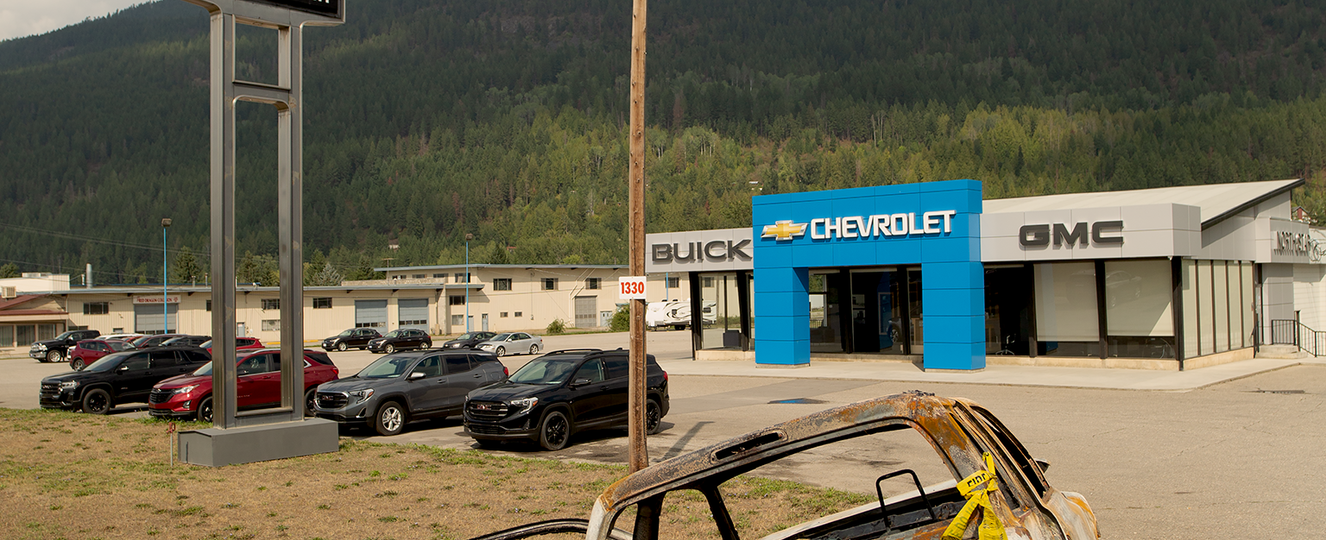Northern Ruin: Inheritance
This project is a meditation of sorts, on various types of ruins in Western Canada. The images are part of an extended photo-essay: images, archival research, interviews, and autobiographical travel writing about ruinous landscapes and the lives in them. These are stories about individual lives but also about wider environmental, social and cultural change. Personal experience is bound up with changing landscapes, urban and rural ways of life, climate change, and the slow decline and sometimes death of once-thriving small towns of the Western prairies.
The history of the Canadian West is one of immigration, displacement, settlement and adaptation. Along with First Nations and Métis, the land was marked by distinct European and Scandinavian ethno-cultural groups, Chinese workers, African-Americans, and religious sects such as the Doukhobors and Mennonites. Each of these groups brought their own traditions and second-chance hopes.
This much we know. My aim is to meditate on these ruined, abandoned or declining spaces and places in order to rethink what the ruin tells us (or how we interpret them). Very often, ruins have been held up, as writer Lauren Berlant points out, 'as spaces of catastrophe and risk' that 'represent[] structural failure'. Of course this is true; equally, we could see these as sites of ambivalence, of transition, disorientation, and translation.
Abandoned buildings and landscapes can be the basis of rethinking inheritance. Who or what has been abandoned? And, by whom? The photographs and the words that go with them are intended to spur us to consider what legal scholar Patricia Williams describes as 'the inheritance of disinheritance'. What do these ruins, our experiences with them and our feelings about them, tell us about our cultural, political, economic and ecological inheritances?




